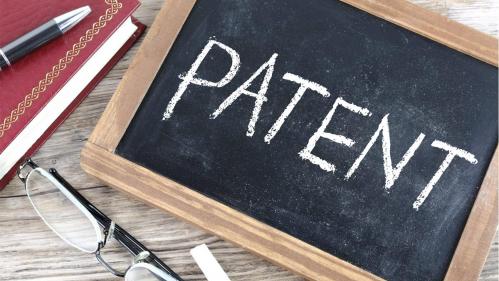- For Faculty & Staff
- Inventions, Startups, & Commercialization
-
Technology Assessment

Technology Assessment
The Process
After you submit the Notice of Invention, a licensing manager will meet with you to analyze the patentability and market potential of your invention and prepare a technology assessment report.
As part of the assessment, the licensing manager (LM) will:
- Conduct patent searches to determine potential prior art. Each invention will be evaluated according to United States Patent and Trademark Office (USPTO) guidelines: all inventions must be new, useful and non-obvious.
- Analyze the market to identify competing technologies, potential licensees, and challenges and opportunities for commercialization. The licensing manager, in conjunction with the New Ventures team, will also analyze the potential of pursuing licensing to an existing business or startup company to commercialize the technology.
The assessment is presented to an Office for Research triage committee that discusses the invention and provides suggestions on the path forward.
Possible Outcomes
The technology assessment can lead to the following outcomes:
- The invention is ready for patenting.
The Office for Research will proceed to file a provisional application with the USPTO and pay the filing costs. A patent protection strategy is constructed with guidance from outside counsel. A provisional application is the first step towards a patent. The provisional application sets the priority date for your invention; is not evaluated by any patenting agency and does not result in an issued patent.
- The invention requires more supporting data.
The invention is very early-stage and may require additional data to add market value to the invention and pursue strong patent protection. The technology will go through a second round of evaluation after more data is received. It would then be either accepted for patenting or deemed unpatentable. Faculty may be eligible for commercialization funding to support additional research activities.
- The Office for Research will not move forward with patenting.
The invention docket is closed or returned to its inventors. If an inventor seeks ownership of the IP after return of the invention, the team can assist inventors to transfer ownership from Rutgers to the inventor(s). If the inventors take ownership of the invention, they accept all financial and managerial responsibilities for patenting and commercial development.
The Process
After you submit the Notice of Software or Authorship, a licensing manager will meet with you to learn about the Work and its market potential and prepare a technology assessment report.
As a part of the assessment the licensing manager will research and analyze the market and competing technologies to determine the commercialization potential of the Work. At the end of this process, the Office for Research will provide the creator an Assessment document detailing the licensing manager's findings. This document is the basis for deciding how to proceed with the Work and determine who are the best potential licensees.
As part of the assessment, the licensing manager will:
- Analyze the market to identify competing and similar technologies, potential licensees, and challenges and opportunities for commercialization. The LM, in conjunction with the New Ventures team, will also analyze the potential of pursuing licensing to an existing business or startup company to commercialize the technology.
- Analyze the software (as part of the assessment if the Work is software) to determine if it might also be patentable. If it might be, the licensing manager will discuss the option of patenting with the authors of the software and perform additional assessment steps performed for assessing and filing patents for inventions.
Possible Outcomes
The technology assessment can lead to the following outcomes:
- Recommendation about Marketing
A decision made during the assessment is a recommendation about whether to market the work through Express Licensing, market the work directly to potential licensees (as is done for inventions/patents), or do both.
- If patentable software, the outcomes associated with Invention technology assessments:
The Office for Research will proceed to file a provisional application with the USPTO. A provisional application is the first step towards a patent. The provisional application sets the priority date for your invention, is not evaluated by any patenting agency, and does not result in an issued patent.
